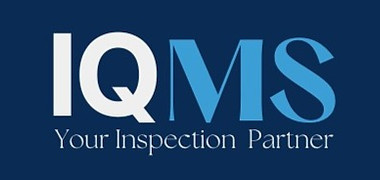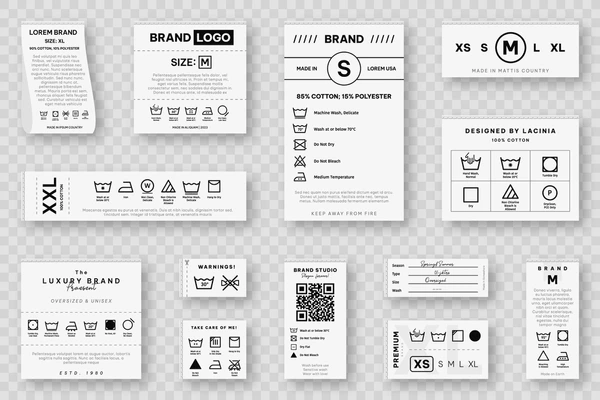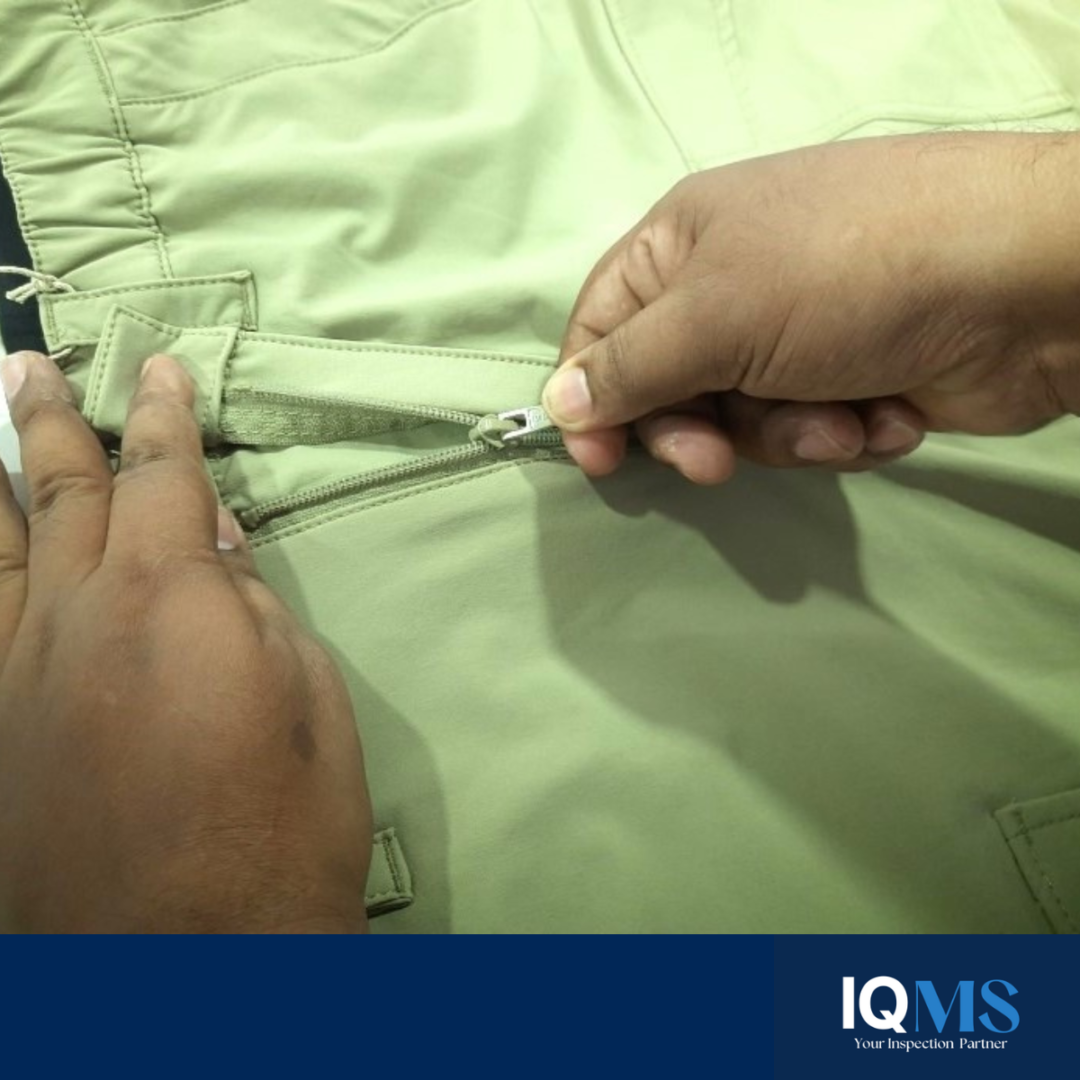In today’s globalized textile industry, it is essential for manufacturers, retailers, and consumers to be aware of the regulations surrounding textile labelling. Whether you are operating in the United States or Europe (EU, EC, EEC), understanding these regulations is crucial to ensure compliance and transparency in the marketplace. This article will provide a comprehensive overview of textile labelling regulations in both the US and Europe, exploring their similarities, differences, and the key players involved.
Introduction to Textile Labelling Regulations:
Before diving into the specifics of textile labelling regulations in the US and Europe, it is important to understand why labelling is so crucial in this industry. Textile labels not only provide important information to consumers but also serve as a tool to enforce fair trade practices and prevent deceptive advertising. From fiber content to care instructions, a label can convey valuable details about a product’s composition, origin, and care requirements.
In addition to consumer awareness, textile labelling regulations also play a significant role in ensuring fair competition within the industry. By mandating specific labelling requirements, governments aim to create a level playing field for manufacturers and prevent misleading claims that could harm consumers or undermine the market.
Importance of Textile Labelling:
Textile labelling serves various purposes. Firstly, it enables consumers to make informed decisions when purchasing textile products. Whether it’s choosing an item made from sustainable materials or understanding its country of origin, consumers rely on accurate labelling to make choices aligned with their values and needs.
Secondly, textile labelling helps protect consumers from potential health risks. For example, labels can indicate whether a garment contains allergenic substances or has undergone chemical treatments that may cause skin irritation.
Key Terms and Definitions:
Before delving into the specifics of textile labelling regulations in the US and Europe, it’s essential to understand some key terms and definitions commonly used in this context. These terms will lay the foundation for a thorough comprehension of regulatory requirements in both regions.
Some important terms to be familiar with include:

- Fiber Content: Refers to the materials used to manufacture a textile product. This can include natural fibers like cotton or silk, as well as synthetic fibers such as polyester or nylon. The fiber content is often expressed as a percentage.
- Care Instructions: Provide guidance on how to clean, care for, and maintain a textile product to ensure its longevity and performance. This includes instructions on washing, drying, ironing, and any specific precautions.
- Country of Origin: Indicates where a textile product was made. This information is important to consumers who want to support local or ethically produced goods.
- Manufacturer Information: Provides details about the company or entity responsible for making or marketing the textile product. This can include the company name, address, contact information, and any relevant certifications.
- Size and Fit: Indicates the size, measurements, and fit of a garment to help consumers find the right size for their body type.
Overview of US Textile Labelling Regulations:
When it comes to textile labelling regulations, the United States has established its own set of requirements to ensure transparency and consumer safety. The primary regulatory body overseeing textile labelling in the US is the Federal Trade Commission (FTC).
Federal Trade Commission’s Role:
The Federal Trade Commission (FTC) plays a vital role in enforcing and regulating textile labelling requirements in the US. The FTC’s primary goal is to prevent unfair or deceptive trade practices and promote consumer protection. To achieve this, the FTC establishes and enforces rules related to textile labelling, ensuring that labels accurately represent the product’s attributes.
Under the FTC’s regulations, textile products sold in the US must meet specific labelling requirements. These requirements include providing information on fiber content, care instructions, country of origin, and manufacturer information. Additionally, the FTC enforces regulations related to claims such as “organic” or “made in the USA,” ensuring that these claims are substantiated and not misleading to consumers.

Mandatory Information on Labels:
Labels on textile products sold in the US must contain certain mandatory information, ensuring that consumers have access to critical details about the product they are purchasing. These mandatory label elements include:
- Fiber content and percentage breakdown
- Care instructions for proper maintenance
- Manufacturer or marketer information
- Country of origin
- Size and fit information
By making this information readily available to consumers, the US regulations empower them to make informed decisions, understand the product they are purchasing, and better manage their expectations regarding its performance and characteristics.
Navigating European Union (EU) Textile Labelling Regulations:
Turning our attention to Europe, the European Union (EU) has its own textile labelling regulations in place to ensure product transparency and consumer protection across its member states.
Role of the European Commission (EC):
The European Commission (EC) plays a crucial role in setting textile labelling requirements for the EU member states. As the executive arm of the EU, the EC develops and enforces regulations that govern labelling practices within the region.
One of the primary objectives of the EC is to harmonize labelling requirements across the EU member states. This harmonization ensures that textile products sold in any EU country adhere to the same standards, promoting fair competition and facilitating cross-border trade within the single market.
Essential Information Required on EU Labels:
Similar to the US, textile products sold in the EU must adhere to specific labelling requirements. These requirements aim to provide consumers with essential information while facilitating market surveillance and enforcement.
Key information that must be included on EU labels includes:
- Fiber composition and percentage breakdown
- Size and fit information, including measurement guidelines
- Care instructions and symbols
- Country of origin
- Labelling of allergenic substances
- Manufacturer or marketer information
By ensuring the inclusion of this information, EU regulations enable consumers to make informed choices, understand product characteristics, and make sustainable and ethical decisions.
Understanding the European Economic Community (EEC) Labelling Standards:
While the European Union is the primary governing body for textile labelling within Europe, it is important to consider the historical context and impact of the European Economic Community (EEC) on current labelling practices.
Historical Context of EEC Regulations:
The European Economic Community (EEC) was an organization that preceded the European Union. During its existence from 1957 to 1993, the EEC aimed to create a common market and facilitate economic integration among its member states.
Textile labelling regulations were part of the EEC’s efforts to harmonize standards and facilitate trade within the European Economic Community. These regulations laid the groundwork for the modern-day labelling requirements within the EU member states and contributed to the development of the region’s textile industry.
EEC’s Impact on Current Labelling Practices:
Although the EEC no longer exists, its labelling standards and principles continue to influence current textile labelling practices within the European Union. The EEC’s emphasis on harmonization and uniformity helped create a framework that promotes fair competition and facilitates trade within the EU member states.
Thus, when examining current EU textile labelling regulations, it is important to consider the historical context of the EEC and its impact on current practices. Understanding this historical background can provide valuable insights into the motivations behind the EU’s approach to textile labelling.
Differences and Similarities between US and EU Labelling Regulations
While both the United States and Europe have established regulations governing textile labelling, there are notable differences and similarities between the two sets of requirements. Understanding these differences is crucial for businesses operating in both regions and consumers seeking to understand labelling on imported textiles.
Comparative Analysis of Regulations:
When comparing US and EU textile labelling regulations, one key difference is the specific labelling elements that are mandatory in each region. For example, the US requires the inclusion of information such as size and fit, while the EU emphasizes the labelling of allergenic substances.
Another difference lies in the enforcement authorities. In the US, the Federal Trade Commission (FTC) is responsible for overseeing and enforcing textile labelling regulations, whereas the European Commission (EC) plays a similar role within the EU member states.
Despite these differences, there are also notable similarities between US and EU labelling regulations. Both regions prioritize providing consumers with essential information, including fiber content, care instructions, and manufacturer details. Additionally, both the US and the EU emphasize the labelling of country of origin to allow consumers to make informed choices regarding the products they purchase.
Challenges in Complying with Both Regulations:
For businesses operating in both the US and Europe, complying with the differing regulations can present challenges. These challenges include managing the variations in mandatory label elements, addressing differences in sizing requirements, and coordinating manufacturing processes to meet the specific requirements of each market.
However, despite these challenges, compliance with both sets of regulations is essential for businesses seeking to maximize their reach and maintain transparency in the international marketplace. By understanding the differences and similarities between US and EU labelling regulations, businesses can develop strategies to meet the requirements of both regions and ensure consumer trust and confidence in their products.
Conclusion:
In conclusion, textile labelling regulations in the US and Europe (EU, EC, EEC) play a crucial role in ensuring transparency, consumer protection, and fair competition within the textile industry. By mandating specific label elements such as fiber content, care instructions, country of origin, and manufacturer information, these regulations empower consumers to make informed decisions and hold businesses accountable.
While the US and Europe have their own regulatory frameworks, understanding the differences and similarities between these regulations is essential for businesses operating in both regions. By navigating the complexities and challenges of complying with these regulations, businesses can foster consumer trust and demonstrate their commitment to transparency and compliance.
Ultimately, by understanding textile labelling regulations in the US and Europe, we can work towards creating a marketplace that prioritizes consumer rights, fosters fair competition, and promotes sustainable and ethical practices in the textile industry.



